10 Simple Exercises To Improve Your Balance & Coordination
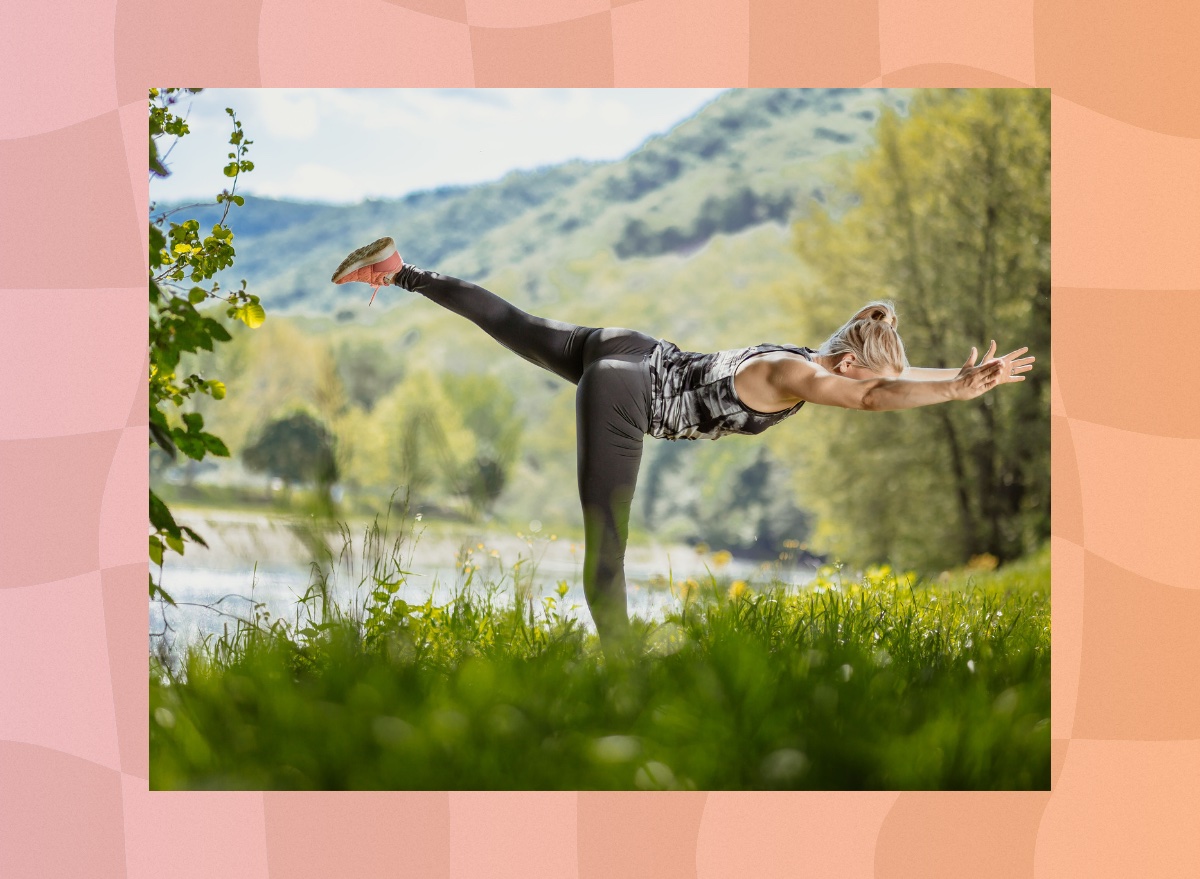
Enhancing balance and coordination is not only beneficial for athletes but also for individuals of all ages and fitness levels. Improved balance and coordination contribute to better posture, stability, and overall physical performance, reducing the risk of falls and injuries. Incorporating a variety of balance and coordination exercises into your workout routine can help you move more efficiently and confidently in daily activities. Here are 10 simple exercises to improve your balance and coordination.
Start with exercises that match your current fitness level and gradually progress to more challenging movements as you build strength and stability. Remember to focus on proper form and technique to maximize the benefits of each exercise. With consistent practice, you’ll enhance your balance and coordination, leading to greater confidence and proficiency in daily activities.
Single-leg Balance
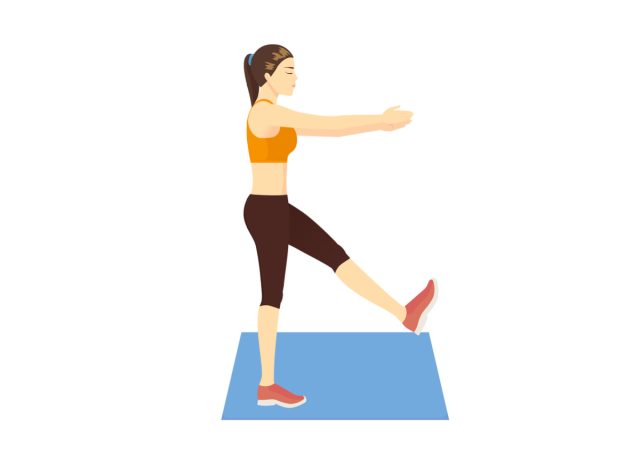
Single-leg balance exercises are fundamental for improving stability and proprioception, which is your body’s awareness of its position in space. They target the muscles of the lower body and core, as well as stabilizing muscles, enhancing overall balance and coordination.
Stand tall with your feet hip-width apart and arms by your sides. Shift your weight onto one leg, and lift the other leg off the ground, bending the knee slightly. Find a focal point in front of you to help maintain balance and engage your core for stability.
Hold the position for 20 to 30 seconds, then switch legs. Aim for three sets on each leg, gradually increasing the duration as you improve.
Heel-to-Toe Walk
Heel-to-toe walking, also known as the tandem walk, challenges balance and coordination by requiring precise foot placement control. This exercise targets the muscles of the lower body and core while improving proprioception and gait mechanics.
Begin by standing with your feet together and arms by your sides. Take a step forward with one foot, placing the heel directly in front of the toes of the opposite foot. Shift your weight onto the front foot and bring the back foot forward, placing the heel directly in front of the toes of the front foot. Continue walking in a straight line, placing one foot directly in front of the other.
Aim for three sets of 10 to 15 steps, focusing on maintaining a steady pace and smooth movement.
Single-leg Deadlift
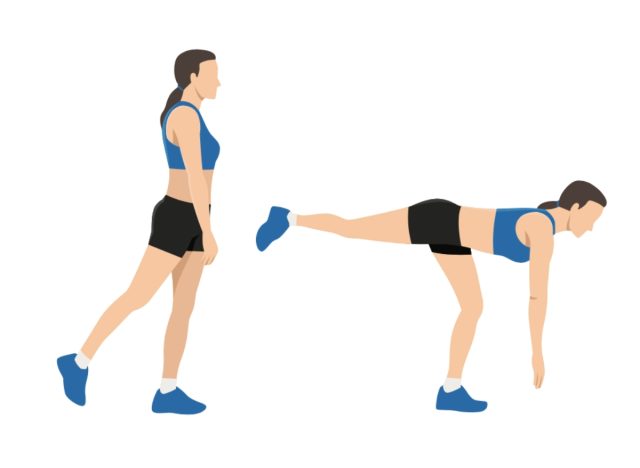
The single-leg deadlift is a functional exercise that improves balance, stability, and coordination while targeting the muscles of the lower back, hamstrings, glutes, and core. It helps correct muscle imbalances between the left and right sides of the body.
Stand tall with your feet hip-width apart and arms by your sides. Shift your weight onto one leg and hinge forward at the hips, extending the opposite leg straight behind you. Lower your torso toward the ground while keeping your back flat and chest lifted, reaching toward the ground with both hands. Pause briefly when your torso is parallel to the ground, then return to the starting position by squeezing your glutes and engaging your hamstrings.
Aim for three sets of eight to 12 reps on each leg, focusing on controlled movement and maintaining balance throughout.
Balance Board Exercise
Balance boards are excellent tools for improving balance, coordination, and proprioception by creating an unstable surface for the body to stabilize on. These exercises target the muscles of the lower body and core, as well as stabilizing muscles, boosting overall stability and balance.
Stand on a balance board with your feet hip-width apart and knees slightly bent. Engage your core and focus on maintaining your balance as the board shifts and tilts in different directions. Start with simple movements, such as rocking side to side or front to back, gradually increasing the difficulty as you progress. Perform each exercise for one to two minutes, aiming for three sets.
Stability Ball Exercises
Stability balls are versatile tools that can be used to improve balance, coordination, and core strength. These exercises target multiple muscle groups simultaneously, helping to enhance stability and proprioception.
Sit on a stability ball with your feet flat on the ground and knees bent at a 90-degree angle. Engage your core and lift one foot off the ground, balancing on the opposite foot. Hold the position for 20 to 30 seconds, then switch legs. To increase difficulty, try lifting both feet off the ground and balancing on the stability ball with your core muscles.
Aim for three sets of 10 to 15 seconds, gradually increasing the duration as you improve.
Single-leg Squats
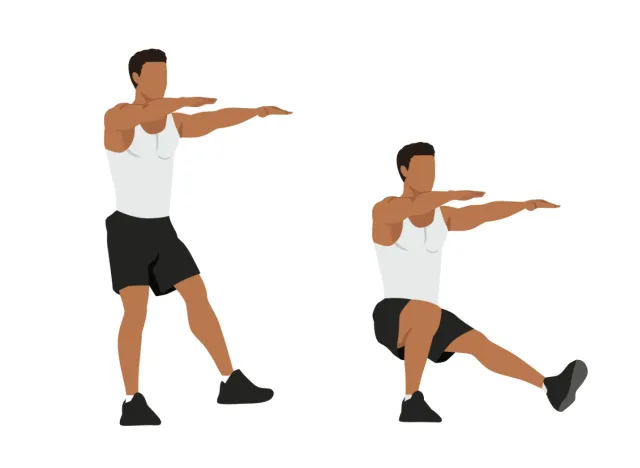
Single-leg squats are advanced exercises that improve balance, coordination, and lower-body strength. They target the muscles of the quads, hamstrings, glutes, and core while putting your stability to the test.
Stand tall with your feet hip-width apart and arms by your sides. Lift one foot off the ground and extend it straight out in front of you. Slowly lower your body into a squat position, bending the knee of the standing leg while keeping your chest lifted and back straight. Pause briefly at the bottom of the squat, then press through the heel of the standing leg to return to the starting position.
Aim for three sets of six to 10 reps on each leg, focusing on maintaining balance and control throughout.
Cross-crawl Exercise
The cross-crawl exercise is a simple yet effective movement that improves coordination between the left and right sides of the body. It engages the muscles of the core, shoulders, and hips while enhancing brain-body connectivity.
Stand tall with your feet hip-width apart and arms by your sides. Lift one knee toward your chest while simultaneously reaching the opposite hand toward the knee. Lower the knee and hand back to the starting position, then repeat on the opposite side. Continue alternating sides in a smooth and controlled motion, focusing on coordination and balance.
Aim for three sets of 10 to 15 reps on each side, gradually increasing the speed as you improve.
Standing Leg Swings
Standing leg swings improve dynamic balance, flexibility, and coordination in the lower body. They target the hip flexors, hamstrings, and glutes while also engaging the core muscles for stability.
Stand tall with your feet hip-width apart and arms by your sides. Lift one leg off the ground and swing it forward and backward in a controlled motion. Keep your torso upright and engage your core to maintain balance. After completing the desired number of swings, switch legs and repeat on the opposite side.
Aim for three sets of 10 to 15 swings on each leg, gradually increasing the range of motion as you improve.
Agility Ladder Drills
Agility ladder drills are excellent for improving footwork, coordination, and agility. They challenge the neuromuscular system and enhance proprioception, leading to improved balance and coordination in various activities.
Lay an agility ladder flat on the ground and stand at one end with your feet together. Step into the first square with one foot, then quickly step into the same square with the opposite foot, maintaining a rapid pace. Continue moving through the ladder, alternating feet with each step and focusing on quick, light footwork. Experiment with different ladder patterns, such as forward runs, lateral shuffles, and high knees, to target different movement patterns and muscle groups.
Aim for three sets of 30 to 60 seconds of continuous movement, gradually increasing the speed and complexity of the drills.
Tai Chi or Yoga
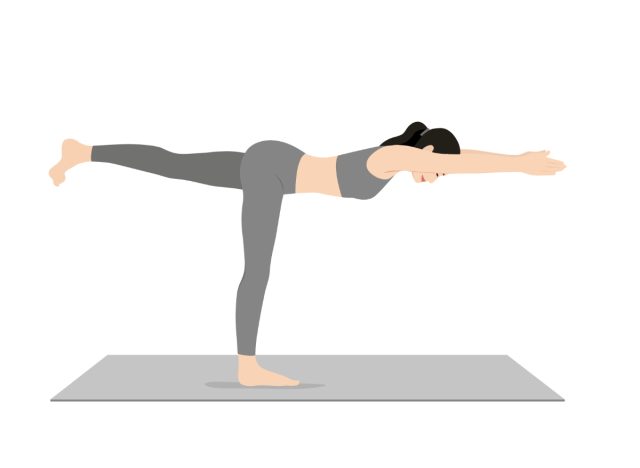
Tai Chi and yoga are ancient practices that promote balance, coordination, and mind-body awareness through slow, deliberate movements and focused breathing. They improve flexibility, strength, and stability while reducing stress and enhancing overall well-being.
Practice tai chi or yoga poses that challenge balance and coordination, such as tree pose, warrior III, or eagle pose. Focus on maintaining proper alignment and steady breathing throughout each movement. Pay attention to your body’s sensations and subtle shifts in balance as you move through the poses.
Aim for 20 to 30 minutes of tai chi or yoga practice, incorporating balance and coordination exercises into your routine.









